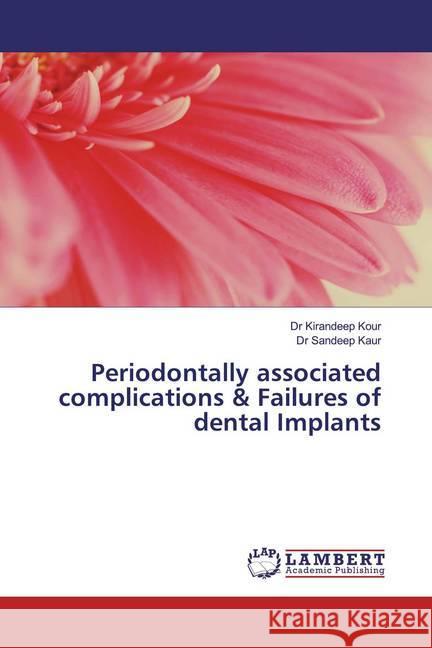Periodontally associated complications & Failures of dental Implants » książka
Periodontally associated complications & Failures of dental Implants
ISBN-13: 9783659553301 / Angielski
Dental implants according to American Dental Association, is defined as a device specially designed to be placed surgically within or on the mandibular or maxillary bone as a means of providingall dental replacement. Any deviation from the normal osseointegration because of dental implant infection, rejection, overload, failure, bone loss, inflammatiom, incision line opening etc, are included in complication of dental implants. There are two kinds of complications depending on the time they emerge: early and late. Complications might indicate an increased risk for a failure, but are of either temporary significance or amenable to treatment. Failing implants or complications in the soft tissues can be of three types namely, peri-implant disease, peri-mucositis and peri-implantitis Implant failure may be defined as the first instance at which the performance of the implant, measured in some quantitative way, falls below a specified, acceptable level.Failures can be divided into biological failures and mechanical failures of the components.Only by using a good work protocol, we can detect the local and systemic risk factors that could determine the success of the treatment.











